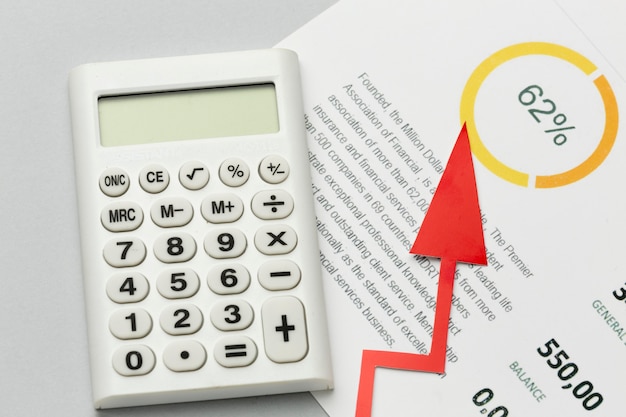Mastering the Art of Interest Calculation for Your Savings Account

In April 2024, the average interest rate for savings accounts is just 0.46%. This figure includes both the low rates from traditional banks and the higher rates from online banks and neobanks like Bread Financial, which offers a 5.15% annual percentage yield (APY) on savings.
With such high interest rates available, it’s worth calculating how much you can earn with a high-yield savings account. Seeing your money grow can motivate you to save even more.
**Understanding Interest on a Savings Account**
Interest is the money a bank or financial technology company pays you for keeping your savings with them. When you deposit money into a bank account, the bank uses that money to lend out and generate profits, keeping the economy active. In return, the bank pays you a small percentage as an incentive to keep your money in the account.
Banks maintain enough reserves to cover withdrawals, so your money is always accessible. Additionally, if a bank experiences a “bank run” where many customers withdraw their money simultaneously, your funds are insured by the FDIC up to $250,000 per account holder, per account category, per bank.
**Compound vs. Simple Interest**
There are two types of interest: simple and compound. Simple interest is earned only on the principal amount you deposited. In contrast, compound interest is earned on both the principal and the interest that has already been added to it. Most banks and neobanks offer compound interest, which can be compounded daily, weekly, or monthly. Daily compounding means your savings grow every day, leading to higher returns.
**Interest Rate vs. APY**
When comparing savings account rates and APY, you’ll notice that APY is higher. The interest rate shows the annual percentage of your balance that the bank pays, but it doesn’t account for the compounding effect. APY reflects the total amount of interest you earn over a year, including compounding. For example, if a bank compounds interest daily and applies it monthly, the interest rate remains the same each day, but it’s applied to a slightly higher balance each time due to compounding. APY represents the total yield over the year, considering this compounding effect.
For instance, Bask Bank offers a high-yield savings APY of 5.10%, while the interest rate is 4.97%. Because Bask Bank compounds the interest, account holders effectively earn an interest amount equivalent to 5.10% per year.
**Calculating Simple Interest**
To calculate simple interest, you need to know the principal amount, the interest rate, and the time period. The formula is:
\[ \text{Simple Interest} = P \times R \times T \]
For example, if you have $1,000 in an account earning 4.97% interest annually, the calculation would be:
\[ \$1,000 \times 0.0497 \times 1 \text{ year} = \$49.70 \]
**Calculating the Simple Interest Rate**
If your balance earns simple interest and you want to determine the interest rate from your bank statement, you can use the formula:
\[ \frac{\text{Part}}{\text{Whole}} = \frac{\text{Percent}}{100} \]
Alternatively, you can use an online percentage proportion calculator to find out “X is what percent of Y?” which simplifies the process.